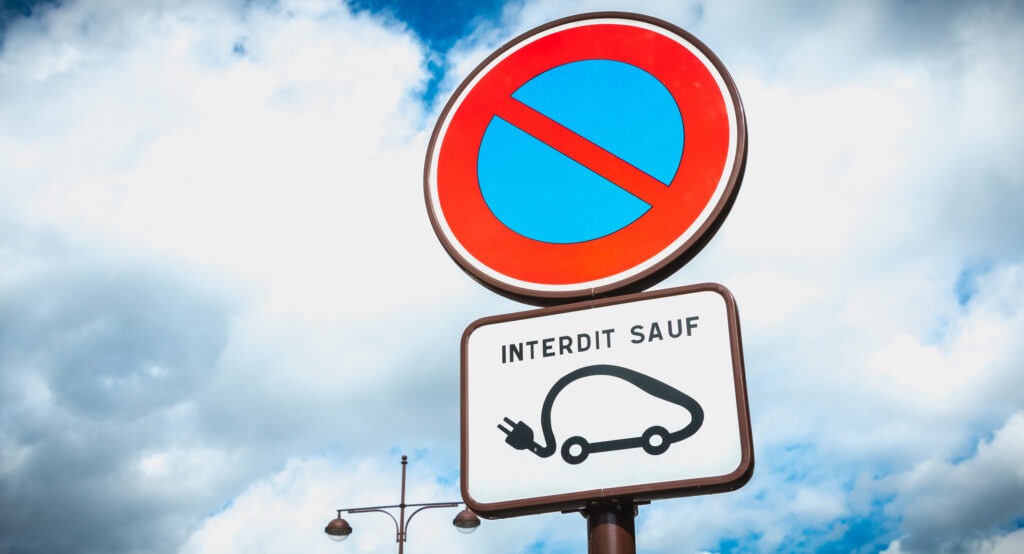Comparatively good growth for European new-car markets
14 June 2023

At face value, May 2023 signposted another month of promising new-car market growth in three of Europe’s biggest markets. France recorded 145,538 new-car registrations, Italy 149,411 and Spain 92,025. This equated to 14.8%, 23.1%, and 8.3% year-on-year growth respectively.
These results helped bolster the already strong year-to-date figures. Compared to the first five months of 2022, France saw an incline of 16.3% with 698,937 units taking to the road. Meanwhile, Italy and Spain saw 845,339 (up 26.1%) and 404,446 (up 27%) registrations respectively.
However, the issue of relative success continues as 2022 offers a low bar of comparison, magnifying the market comeback. When compared with May of pre-COVID 2019, all countries saw significant registrations declines, with France falling by 24.9%, Italy by 24.4% and Spain by 26.7%.
While the recovery of vehicle production also appears promising after several years of supply-chain disruption, it masks another market distortion. The likes of semiconductor shortages and wiring harness halts resulted in manufacturing and delivery delays, meaning consumers had to wait longer for their new cars. But these problems are now dissipating somewhat, meaning older deliveries are being made and effectively inflating this year’s figures to date.
Furthermore, while energy costs across Europe have fallen in recent months and economic conditions have improved marginally, global financial events continue to cast long shadows. According to the European Central Bank (ECB), the euro area outlook for financial stability remains fragile because of banking stresses from outside the EU.
‘While economic conditions have improved slightly, uncertain growth prospects paired with persistent inflation and tightening financing conditions continue to weigh on the balance sheets of firms, households and governments,’ the ECB stated.
Additionally, geopolitical events continue to complicate operational stability globally. Most prominently for Europe, conflict in the region shows no sign of deescalating as Ukraine pushes on with its counter-offensive, looking to reclaim territory.
Plug-ins take quarter of French market
According to data published by the CCFA, the French carmaker’s association, there were 145,538 new-cars registered last month, up 14.8% on May 2022. This pushed the country’s year-to-date total to 698,937 units, equating to growth of 16.3%. Meanwhile the seasonally-adjusted annualised rate (SAAR) increased to 1.7 million units from 1.53 million in April.
While the implementation of low-emission zones (ZFEs) in the country might be expected to push purchases away from internal-combustion engines (ICE) models, there are caveats. First, these zones only come into play in cities with 150,000 inhabitants or more. Secondly, high-mileage drivers are not affected.
The market share of plug-in vehicles, made up of battery-electric vehicles (BEVs) and plug-in hybrids (PHEVs), increased to 25% in May. So far in 2023, this share has hit highs of 26% in March and lows of 21% in April. Last month PHEVs made up 9% of the market and BEVs 16%. This is up from 8% and 13% respectively in April.
Autovista24 expects the French new-car market to end 2023 up 12.4% on 2022 with approximately 1.71 million units. While this growth appears promising following last year’s slump to 1.52 million units, it once again creates an unfair comparison. This would actually be a fall of 22.4% against the 2.21 million new cars registered in 2019.
Avoiding a waiting effect in Italy
Industry association ANFIA reported that 149,411 new-cars were registered in Italy last month, up 23.1% year on year. However, when compared with 2019, this is a fall of 24.4%. In the first five months of the year the country saw 702,339 new units take to the road. This is up 26.1% year on year, but down 22.8% on the same period in 2019. The SAAR hit 1.49 million units in May, up from 1.4 million in April.
‘In order to maintain the good performance of these early months of 2023 and further encourage the renewal of the fleet in an ecological key, it is important to avoid the 'waiting effect' linked to the announced reshaping of the incentives currently in force for the purchase of ultra-low and zero-emission cars,’ said Paolo Scudieri, president of ANFIA.
He pointed out that with the summer period now only a month away, the market will soon be entering a period characterised by low volumes. This is why Scudieri highlighted the need to reallocate the reportedly remaining €250 million from last year’s ecobonus.
‘Registrations of BEVs were up 38.2% in May and 41.1% since the start of the year, but with a still low share of the total market (4.1% in the month and 3.8% in the first five months). On the other hand, PHEVs fell 11.1% in May, but with a positive cumulative change (up 5.3%),’ Scudieri added.
Autovista24 forecasts that the Italian new-car market will finish this year up 13.5% on 2022 with 1.49 million new cars. Compared with the 1.91 million units recorded in pre-COVID pandemic 2019, this is a drop of 22%.
Rental resurgence in Spain
Data from Spanish automotive association ANFAC, revealed that there were 92,025 new-car registrations last month, up 8.3% year on year. Compared to May 2019, this equates to a drop of 26.7%. With 404,446 new cars hitting the road in the year to date, the market grew by 26.9% compared to 2022, but fell by 28% compared with the same period in 2019. The SAAR reached 925,106 units, up from 852,233 in April.
‘The sales of new passenger cars have been positive for five months, above all, due to the pull of the rental companies,’ said Tania Puche, director of communications at GANVAM. She pointed out that even with current rates of inflation, purchases by individuals are 30% below pre-pandemic levels.
‘Therefore, the buyer continues to need, and now more than ever, both economic and technological certainty, as well as access to more affordable mobility. Hence the importance of reaching a horizon of stability as soon as possible in an election year in order to recover a market that in 2023 will once again fall below one million units for the fourth consecutive year,’ Puche added.
With a projected 917,446 units, Autovista24 forecasts that the Spanish new-car market will end 2023 up 12.8% on 2022. Once again, while this number might instil hope at first glance, this outlook would mean a comparative drop of 27.1% against 2019.



